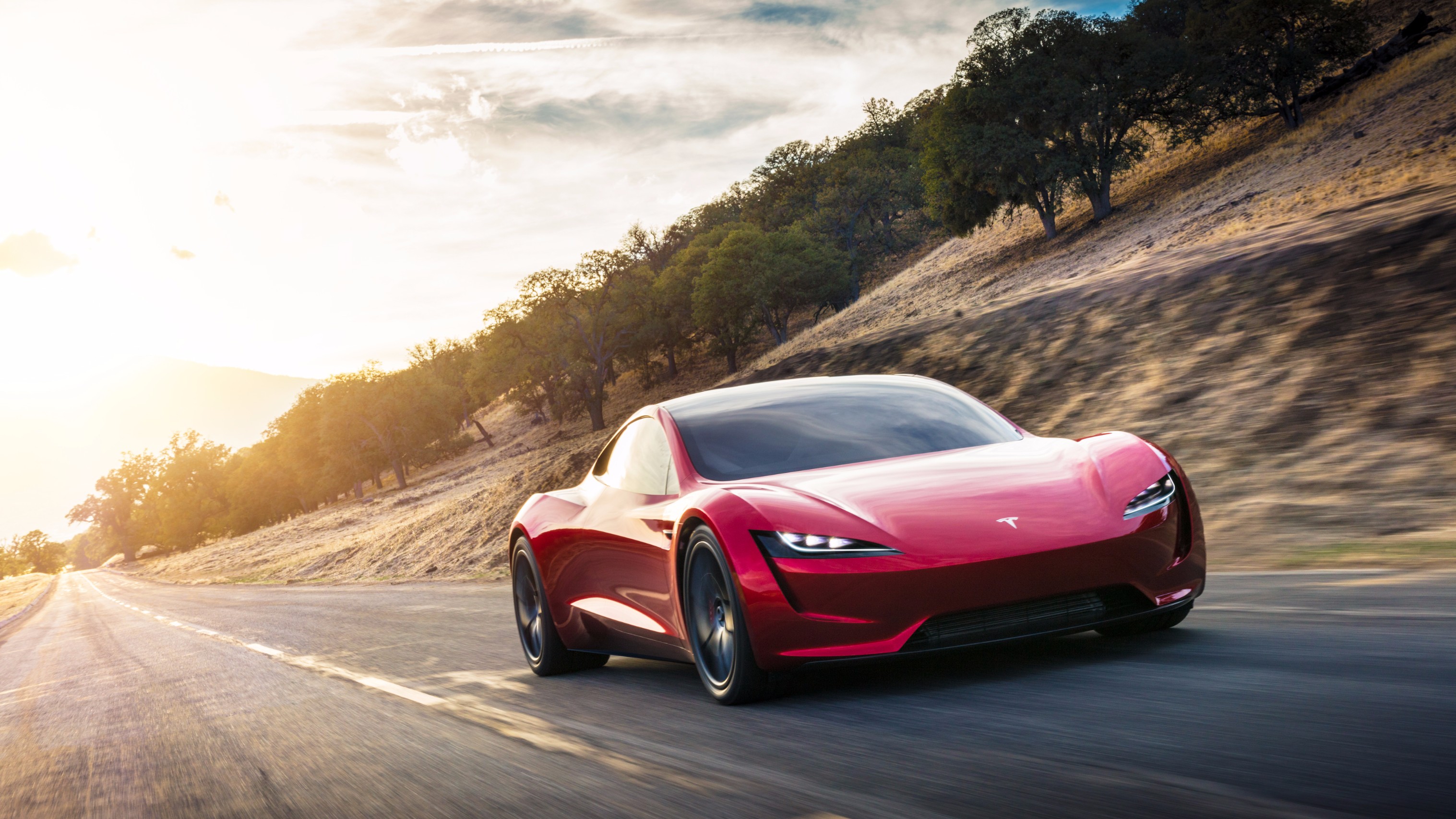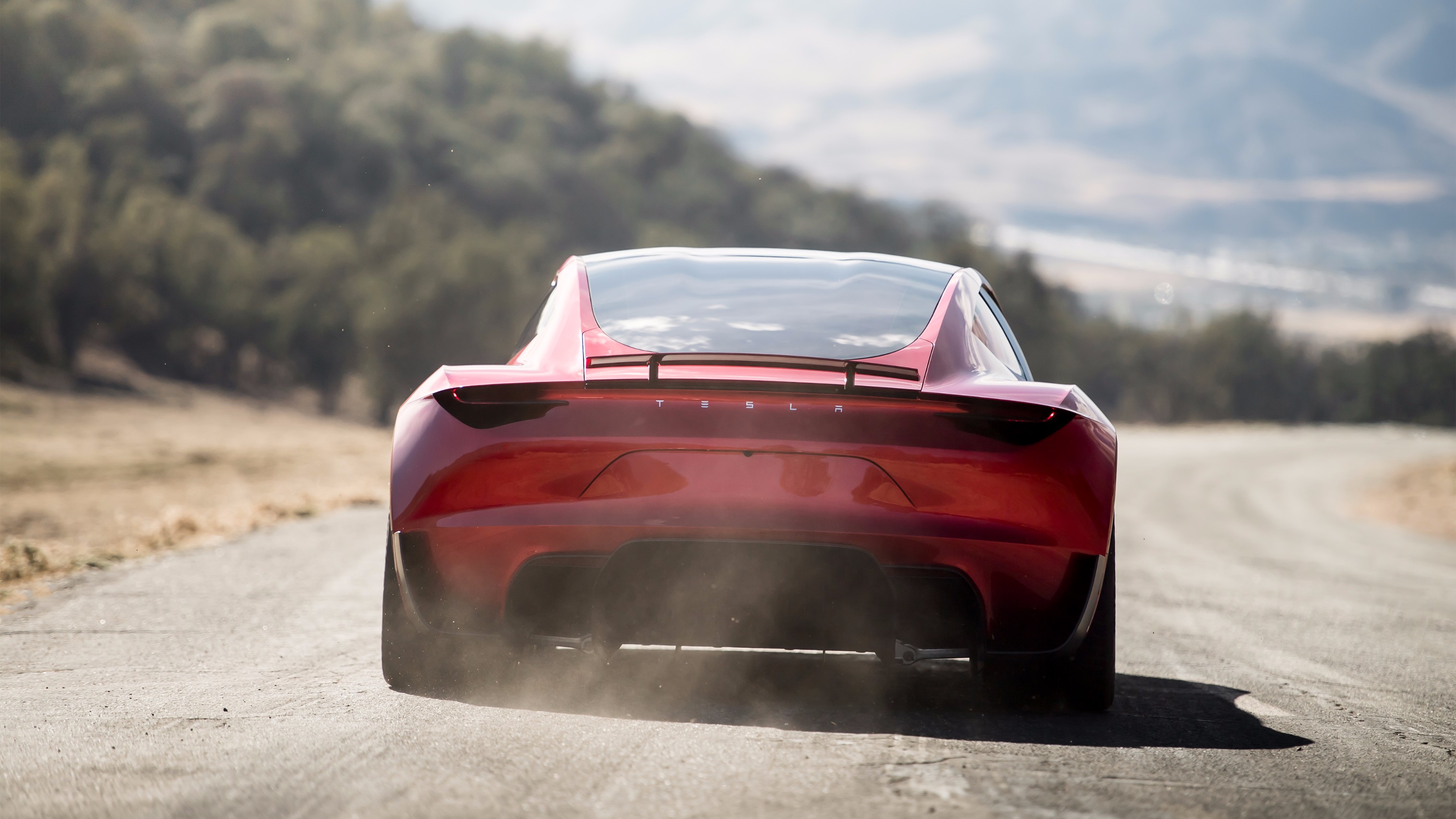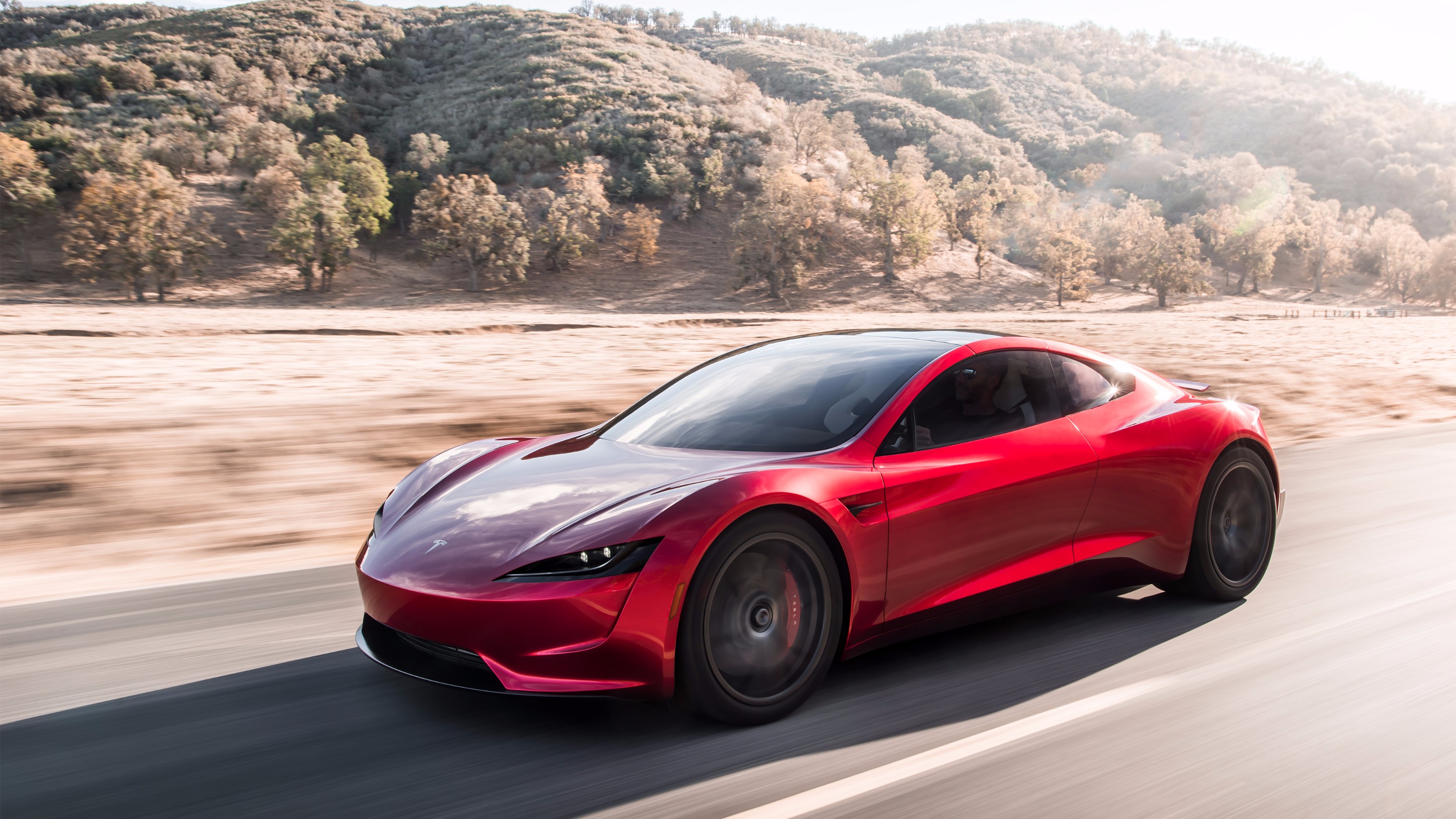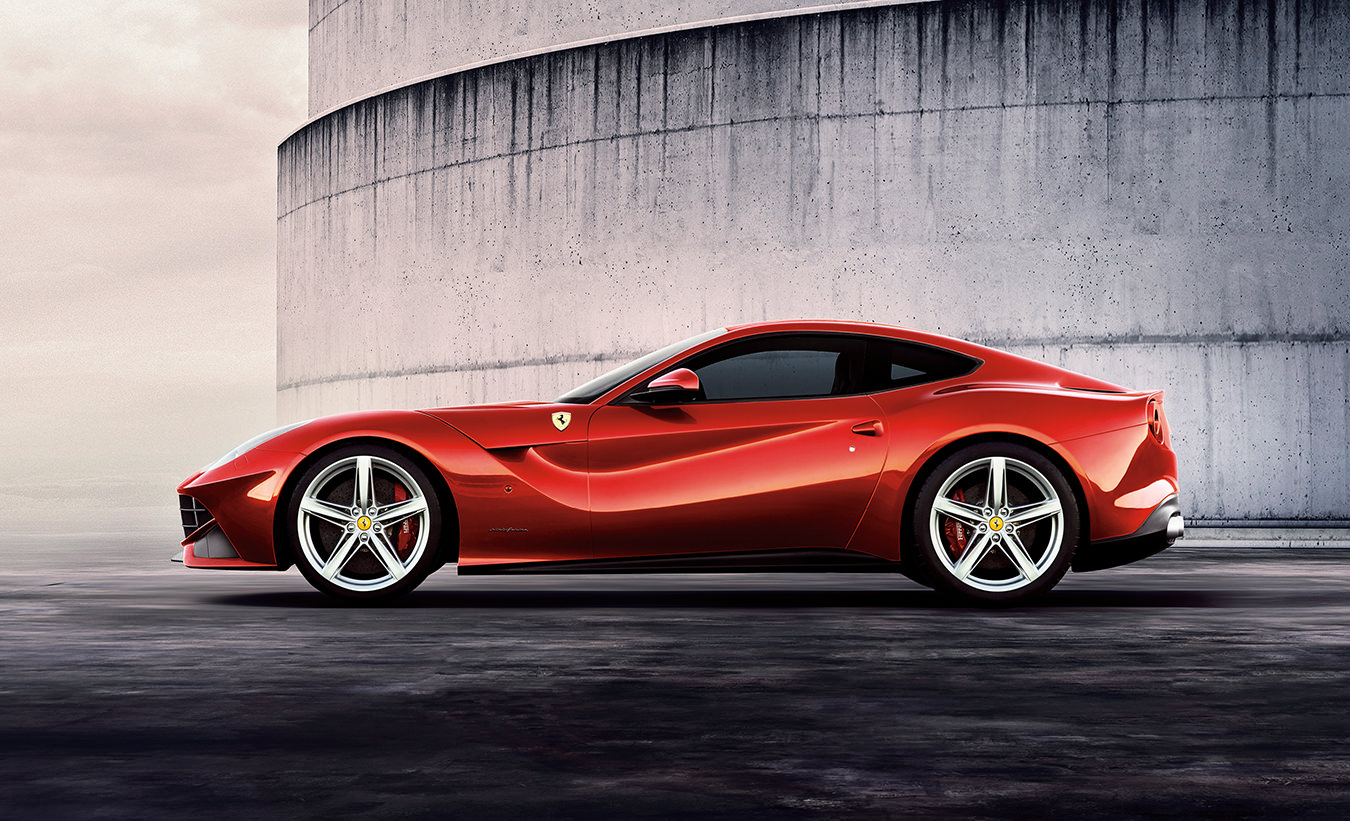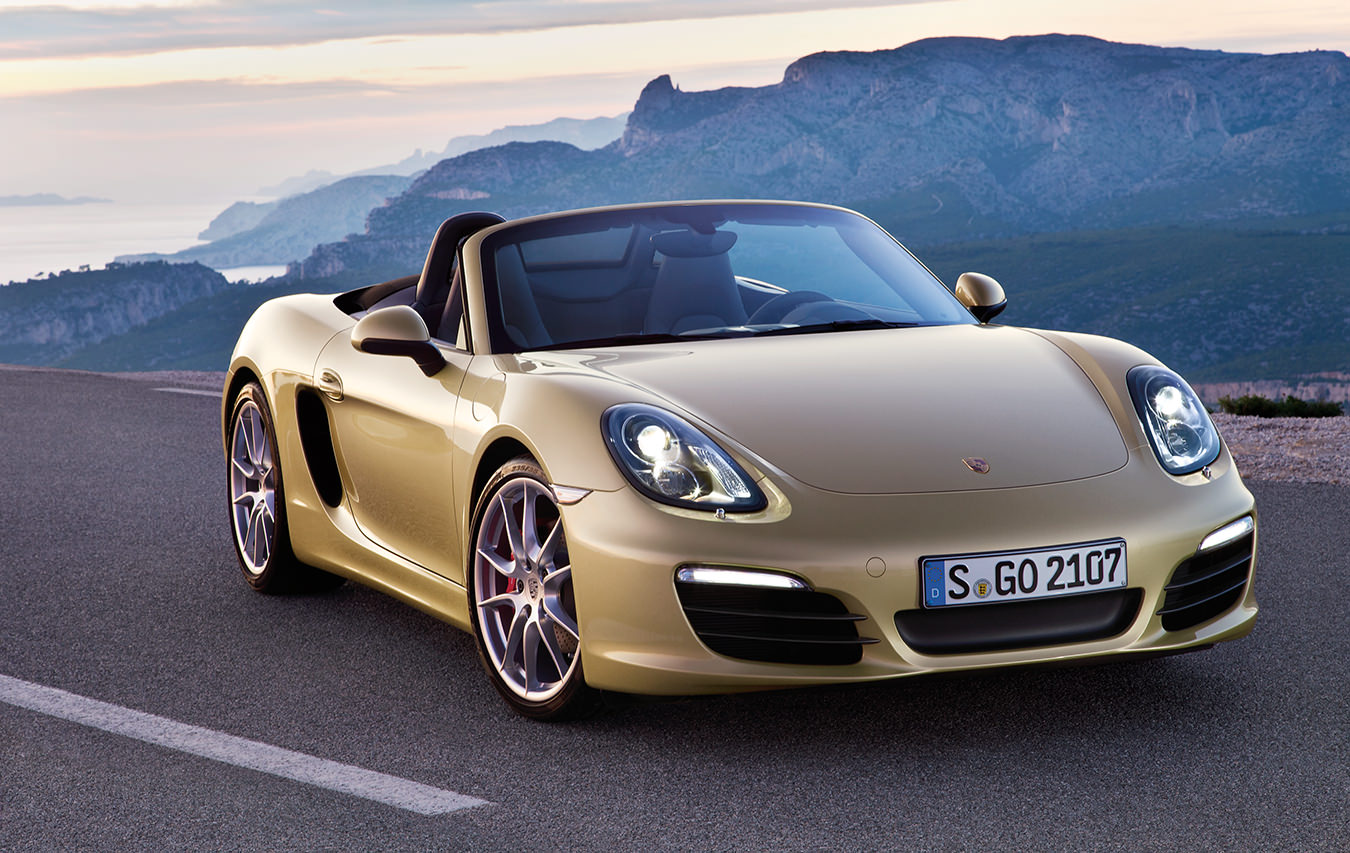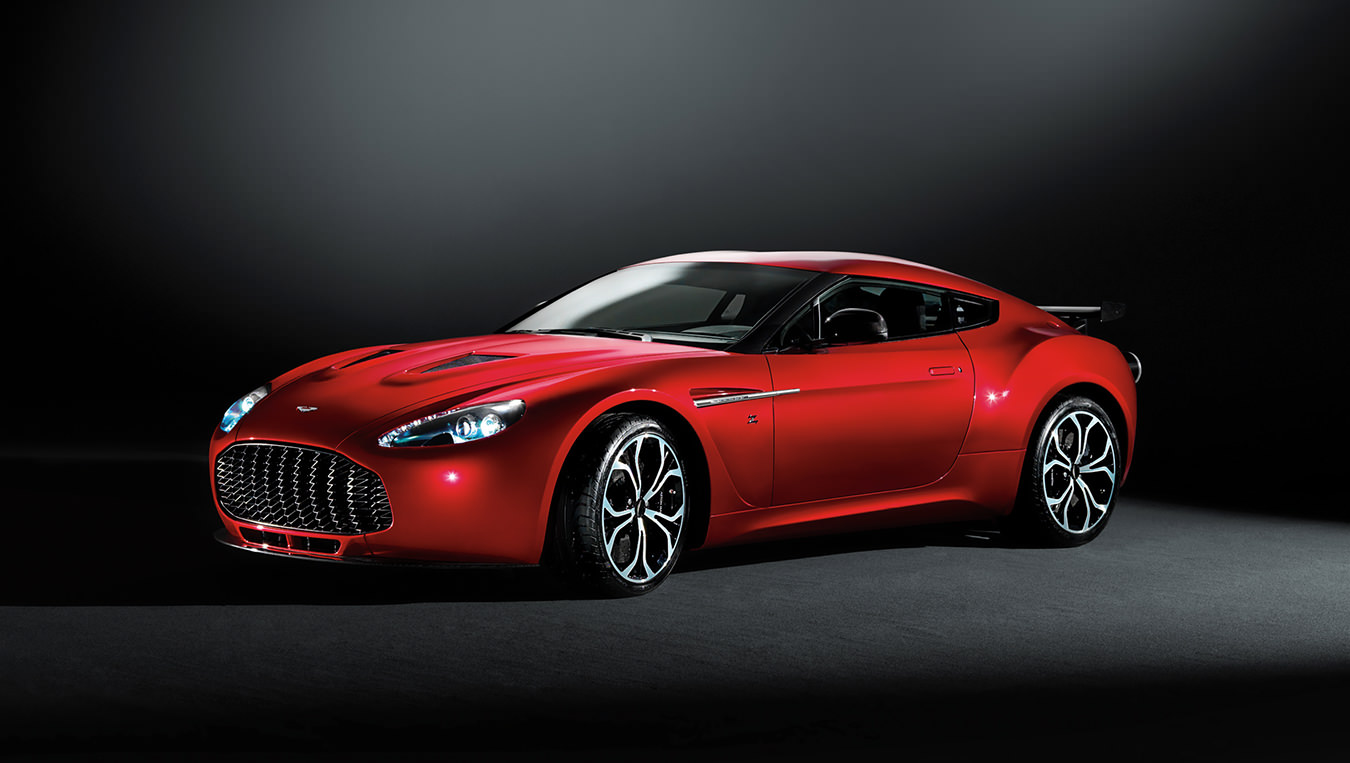The Future of the Tesla Roadster
An early reveal of Tesla’s 2020 Roadster.
Last week, in addition to the announcement of their new Semi transport truck platform, Tesla also previewed the next generation of their Roadster sports car. Surprising the audience with a dramatic reveal, Tesla’s Elon Musk offered a very early look at the brand’s next-generation high-performance sports coupe.
The first-generation Roadster was Tesla’s original model, a two-seater sports car launched in 2008 that was based on the Lotus Elise platform. Offering a range of around 390 kilometres and the ability to run to 100 km/h in less than four seconds, the Roadster was produced until 2012, at which time Tesla committed production to the then newly-launched Model S sedan.
Slated for 2020, this next-generation Roadster has caused quite a stir as Tesla is claiming some truly incredible performance figures (even for a car that is three years away). Powered by a 200 kWh battery (double that of a Model S 100), Tesla says the Roadster will accelerate to 96 km/h in 1.9 seconds, cover the quarter mile (0.4 km) in 8.8 seconds, and have a top speed in excess of 402 km/h. For context, if you compare these figures against the Koenigsegg Agera RS, one of the fastest cars available today, you begin to see why Tesla will want a few years to get the Roadster up to speed. With some 1,341 horsepower, the Agera RS currently holds the world record for fastest top speed, maxing out at an astonishing 447 km/h, and can scoot from 0-60 in a blistering 2.8 seconds.
Slated for 2020, this next-generation Roadster has caused quite a stir as Tesla is claiming some truly incredible performance figures (even for a car that is three years away).
The forthcoming Roadster, if compared against today’s performance benchmarks, would be the only production road car capable of 0-60 in less than two seconds. That level of performance requires maximum grip and power output, all while limiting weight. While Tesla is not quoting a power figure, they are listing wheel torque of 7,376 lb-ft. While certainly a huge number, Tesla is using the torque measurement at the wheels (after gearing), whereas most manufacturers offer the torque specification before gearing.
With all-wheel drive and seating for four, the Roadster design is a sporty 2+2 with an open central roof segment via a removable glass roof panel. Providing the final production car does ship with a 200 kWh battery, the proposed range of 1,000 kilometres is impressive, even without factoring for advances in technology over the next few years.
The Roadster will retail for a base price of $200,000 (U.S.) and reservations are available for those willing to put $50,000 down. The first 1,000 units of the Roadster will be sold as the Founders Series and will carry a price tag of $250,000 (U.S.). While certainly not cheap, the Roadster is far less expensive than anything offering comparable performance, with examples like the above Koenigsegg costing several million dollars (though much more limited in production and very customized).
It’s not hard to understand why the Roadster has garnered an impressive amount of hype, even for a car that is still a few years away from production. Tesla all but created the market for premium electric cars with their Model S sedan and they are developing the production for their entry-level Model 3 sedan. As automakers scramble to determine what kind of small SUV or homogenized city car might deter millennials from using transit, Tesla is swinging for the fences with rapid development and a clear presentation of where they want to be in the coming years.
While all of the claimed figures for the 2020 Roadster could change over time (for better or worse), it’s easy to see why people are so excited about even the concept of a car like the Roadster. Tesla has managed to promote a real sea change in the automotive world and while the future of the company may lie in battery technologies first and foremost, the promise of the Roadster suggests that the true potential of electric vehicles is yet to be discovered—both in terms of the market and the ability for EVs to one-up the capabilities of traditional internal combustion vehicles.
Photos courtesy of Tesla.
_________
Never miss a story. Sign up for NUVO’s weekly newsletter.


